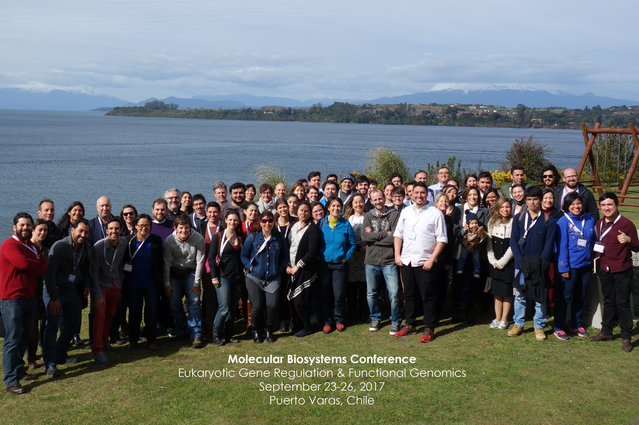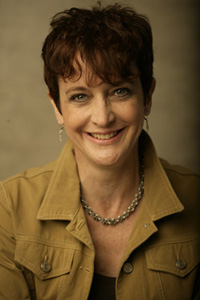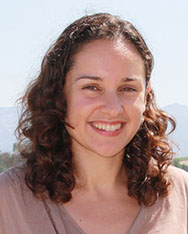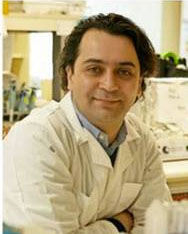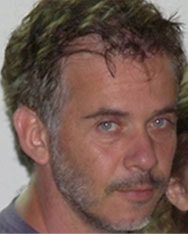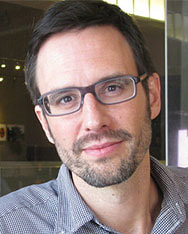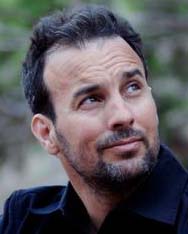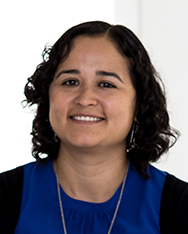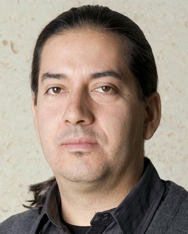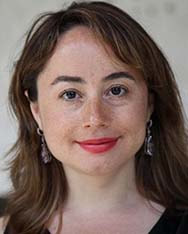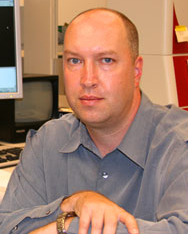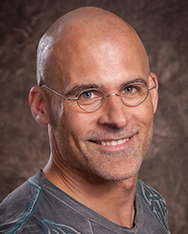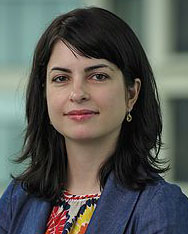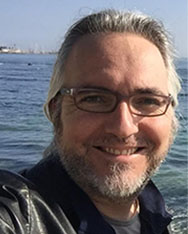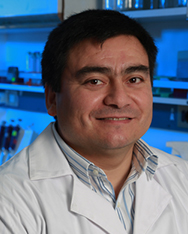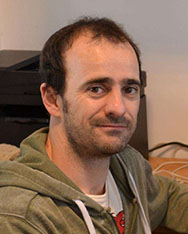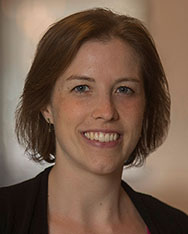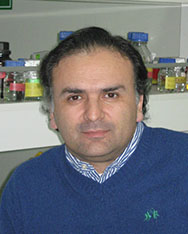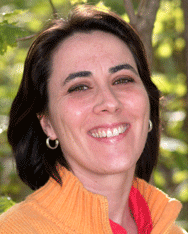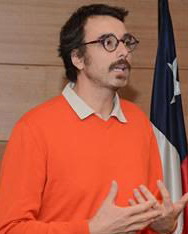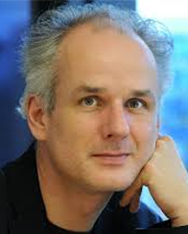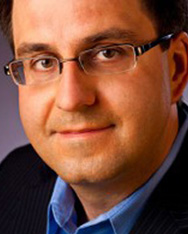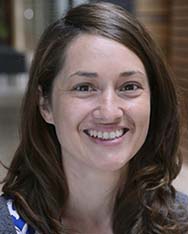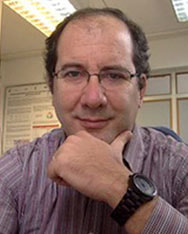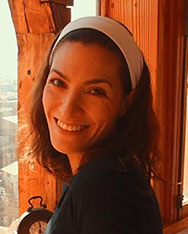Molecular Biosystems Conference -2017
September 23-26, 2017.
Cumbres Puerto Varas Hotel
Puerto Varas, Chile
Cumbres Puerto Varas Hotel
Puerto Varas, Chile
Speakers
|
Keynote Speaker
|
|
Brenda Andrews (University of Toronto, Canada). The Andrews lab is interested in understanding cellular signalling processes in budding yeast, using functional genomics, high content screening, and gene expression tools. |
|
|
Invited Speakers
|
|
Siobhan Brady (University of California, Davis, USA). Research in the Brady lab focuses on understanding how a network of transcriptional interactions regulates tissue development and function in plants. |
|
Veronica Burzio (Andes Biotechnologies SpA/Fundación Ciencia & Vida and Universidad Andrés Bello, Chile). Research in the Non-coding RNAs & Cancer group is focused on the mechanisms underlying selective apoptotic death of tumor cells induced by knockdown of mitochondrial antisense noncoding RNAs. |
|
Alejandro Colman-Lerner (Universidad de Buenos Aires, Argentina) The Colman-Lerner lab studies how cells integrate extracellular information and intracellular states to mount appropriate responses. |
|
Alexander De Luna (Laboratorio Nacional de Genómica para la Biodiversidad LANGEBIO, Mexico). The De Luna group is interested in understanding how genes, the environment, and their interactions, influence complex cellular phenotypes such as proliferation capacity, response to stress, and aging. The lab is also interested in the evolution of such traits. |
|
Joaquin Espinosa (University of Colorado Denver, USA). Research in the Espinosa lab focuses on the molecular mechanisms by which cancer-relevant genes regulate the networks in which they are embedded. |
|
Selene L. Fernandez-Valverde (Laboratorio Nacional de Genómica para la Biodiversidad LANGEBIO, Mexico). The Regulatory RNA lab uses bioinformatic and genomic data analysis tools to understand the evolution of gene regulatory mechanisms underlying phenotypic diversity and cell differentiation in multicellular eukaryotes. |
|
Rodrigo A. Gutiérrez (P. Universidad Católica de Chile, Chile). The main goal of the Gutiérrez lab is to understand how plants sense and respond to nutrients, specifically, how nutrient signals interact with other signalling pathways to coordinate global gene expression in plants. |
|
Zeynep H. Gümüş (Icahn School of Medicine at Mount Sinai, USA). The Gümüş lab develops and applies computational methods and tools used in cooperative team efforts to define and implement genomics-based precision medicine approaches. |
|
John B. Hogenesch (University of Cincinnati, USA). The Hogenesch lab studies the mammalian circadian clock using genomic and computational tools. |
|
Timothy R. Hughes (University of Toronto, Canada). The Hughes lab employs diverse technologies to identify, study and map properties and relationships among individual functional units in eukaryotic genomes. |
|
Genevieve Konopka (University of Texas Southwestern Medical Center, USA). The focus of the research done in the Konopka lab is to identify the genes and molecular pathways that have uniquely evolved along the human lineage, and functionally understand the roles of these genes and pathways in human cognition. |
|
Luis F. Larrondo (P. Universidad Católica de Chile, Chile). The Larrondo lab is interested in elucidating the mechanisms underlying the circadian control of gene expression, through a combination of classic molecular and cell biology techniques and synthetic biology approaches. |
|
Marcelo López-Lastra (P. Universidad Católica de Chile, Chile). Research in the López-Lastra group focuses on understanding the relationship between RNA viruses and their hosts, with a special emphasis on translation initiation of viral mRNAs and host polymorphisms associated with viral pathogenesis. |
|
Alejandra Loyola (Fundación Ciencia & Vida, Chile) Research in the Loyola group focuses on understanding the mechanisms by which chromatin and its modifications regulate cellular processes. |
|
Pablo Manavella (Universidad Nacional del Litoral, Argentina). The goal of the Manavella lab is to elucidate the intricate mechanisms regulating miRNA biogenesis and activity. |
|
Emily R. Miraldi (Cincinnati Children's Hospital Medical Center, USA). The research goal in the Miraldi group is immuno-engineering: to alter the behavior of specific immune cell populations in disease contexts (autoimmune disease, organ transplant, and cancer) without compromising the body’s homeostatic immune function (e.g. defense against pathogens). |
|
Martín Montecino (Universidad Andrés Bello, Chile). The Montecino group studies the mechanisms that control chromatin remodeling and transcriptional activity during mammalian cell lineage commitment. |
|
Antónia Monteiro (National University of Singapore, Singapore). The Monteiro group seeks to understand the evolution of morphological novelties, by focusing on the evolution and development of butterfly wing patterns. |
|
Juan Opazo (Universidad Austral, Chile). Research in the Opazo lab aims to understand the mechanisms underlying genome evolution. |
|
Nikolaus Rajewsky (Max Delbrück Center for Molecular Medicine, Germany). The Rajewsky lab combines theoretical/computational and experimental methods to better understand gene regulation in animals. |
|
Remo Rohs (University of Southern California, USA). The Rohs lab integrates two fields of research, genomics and structural biology, with the goal of revealing molecular mechanisms underlying gene regulation. |
|
Marcela Sjöberg (P. Universidad Católica de Chile, Chile). Research in the Sjöberg lab is focused on better understanding epigenetic mechanisms of gene regulation that distinguish lymphocyte populations of the adaptive immune system. |
|
Florencia Tevy (Universidad Mayor, Chile). The Tevy lab studies how the transcriptome changes throughout the lifespan of Drosophila, in order to understand when the aging process begins and how individual "body time" is regulated. |
